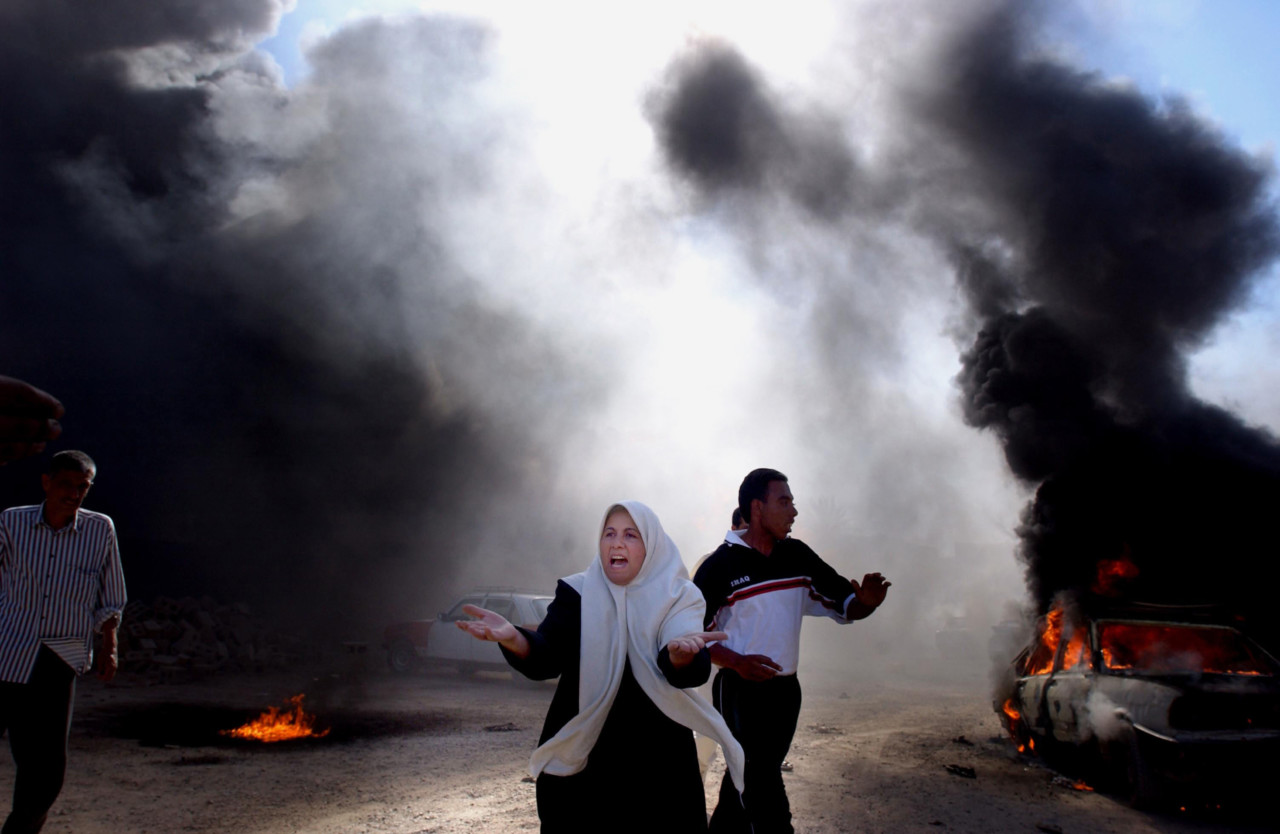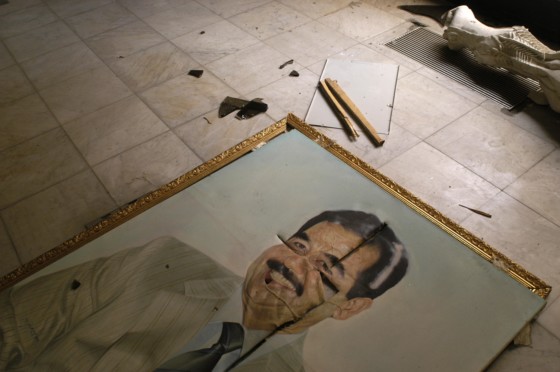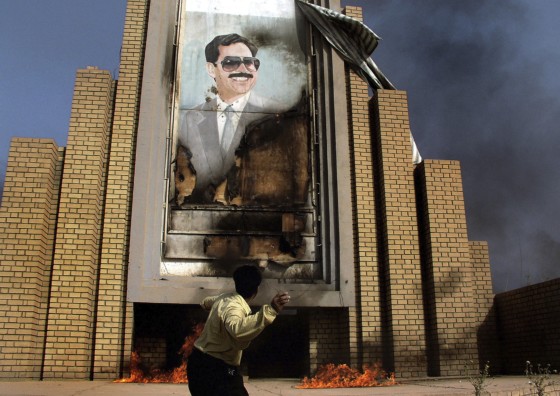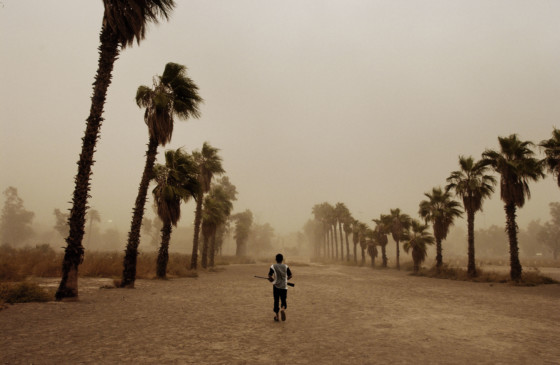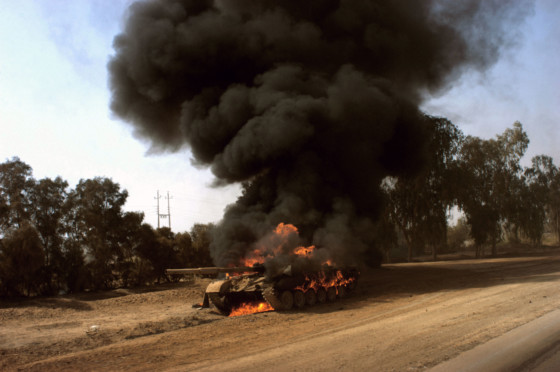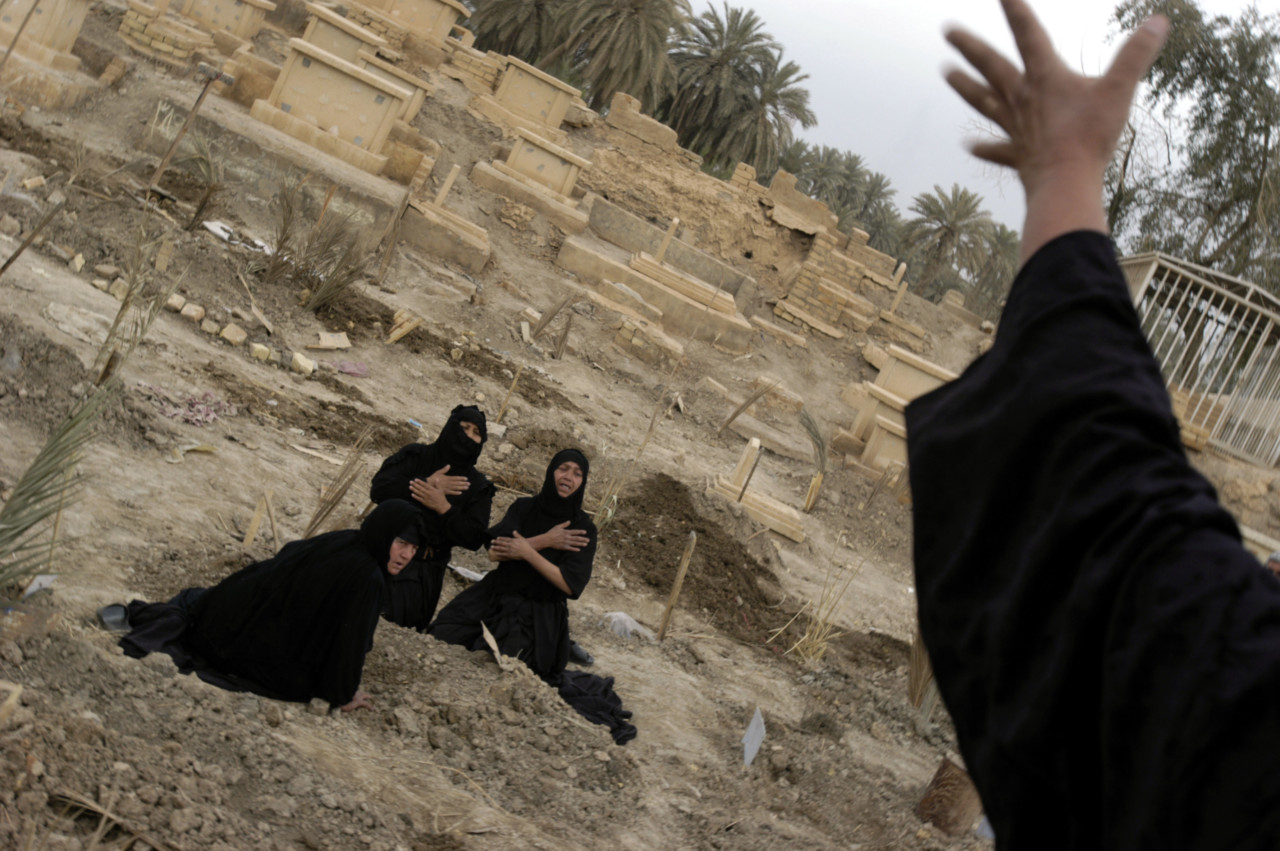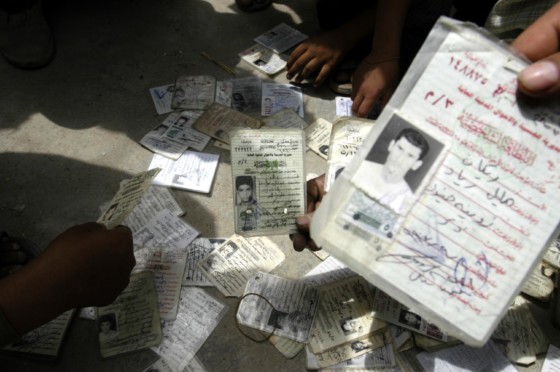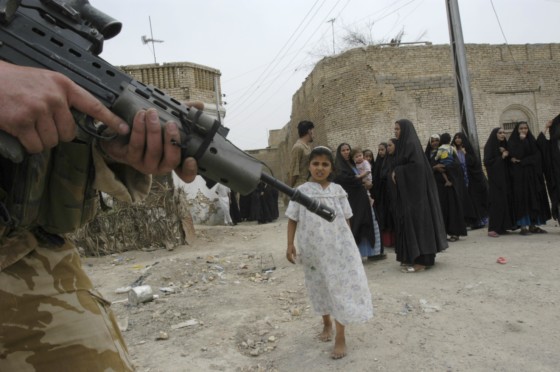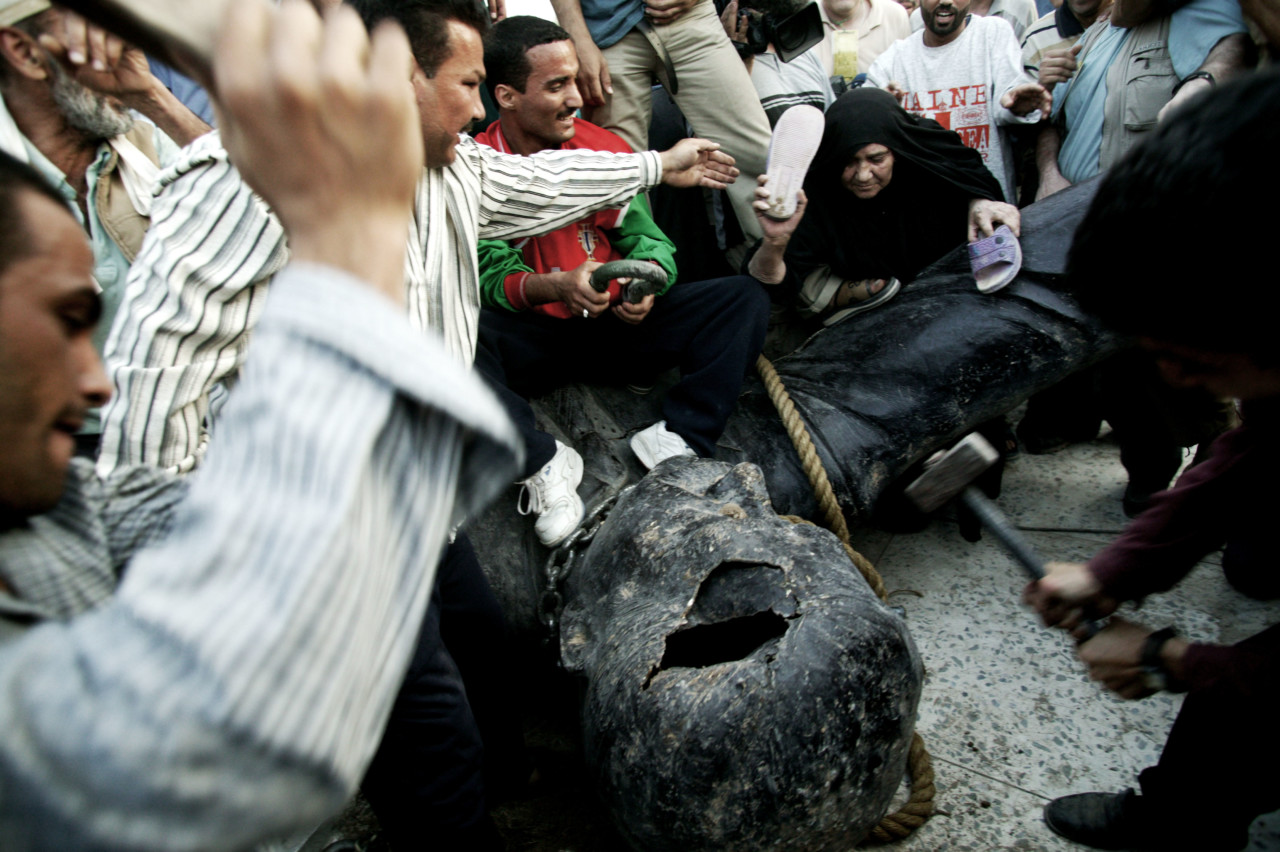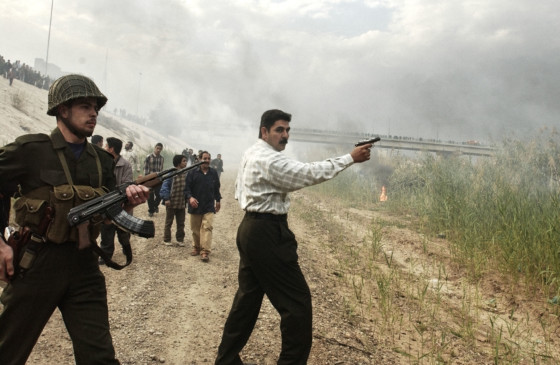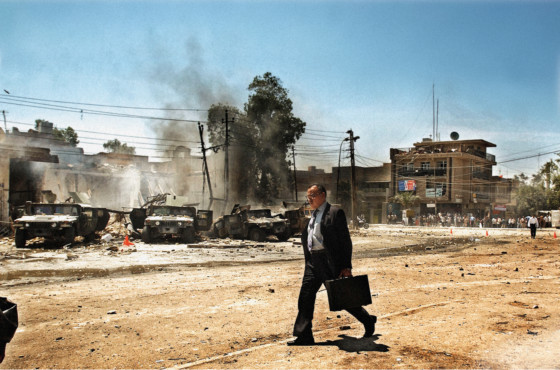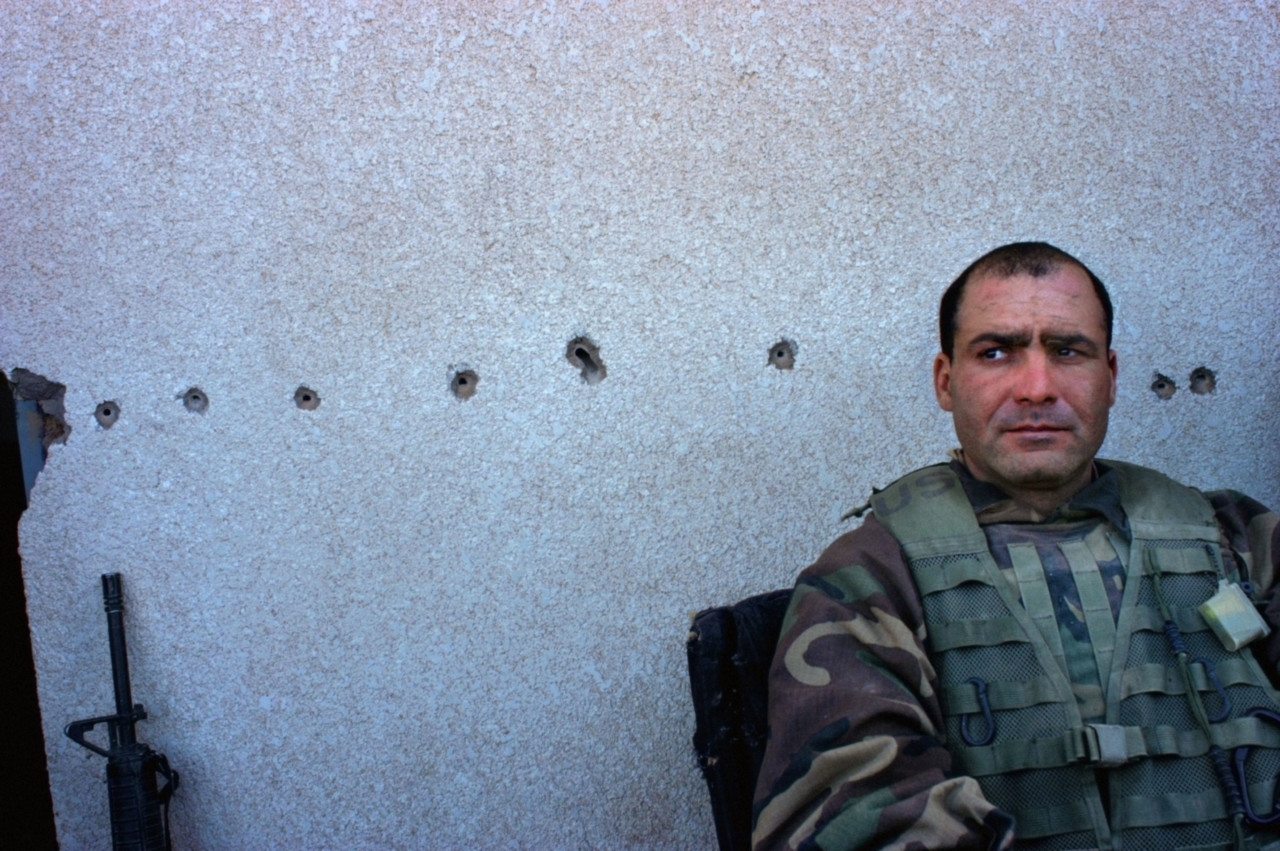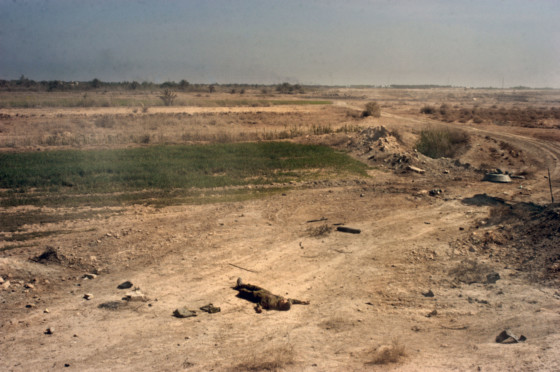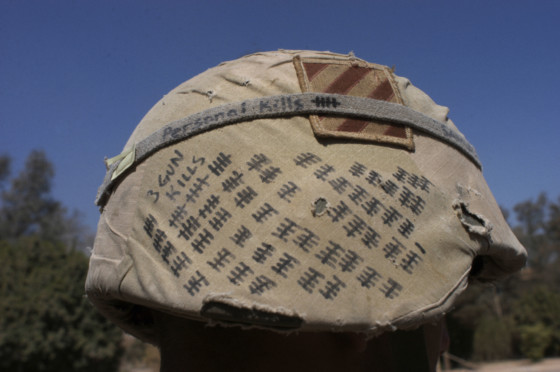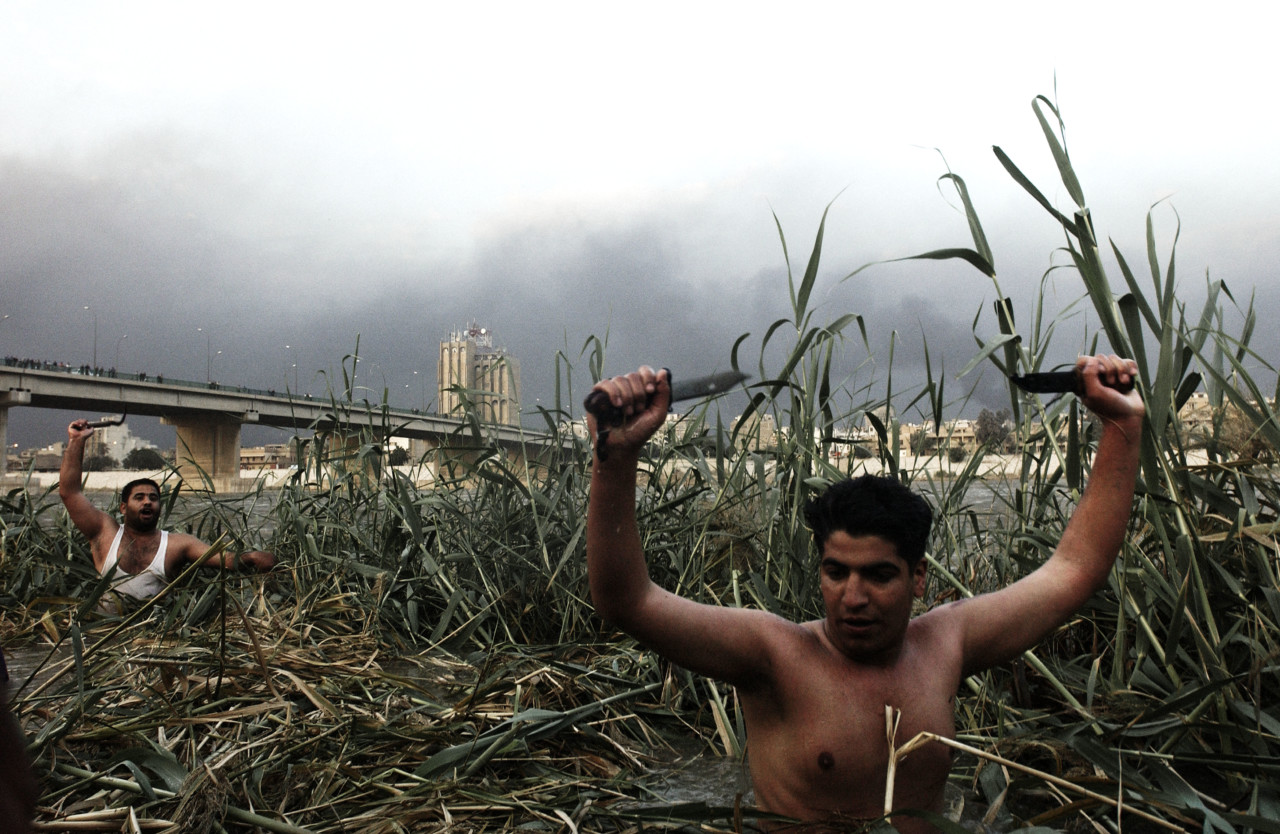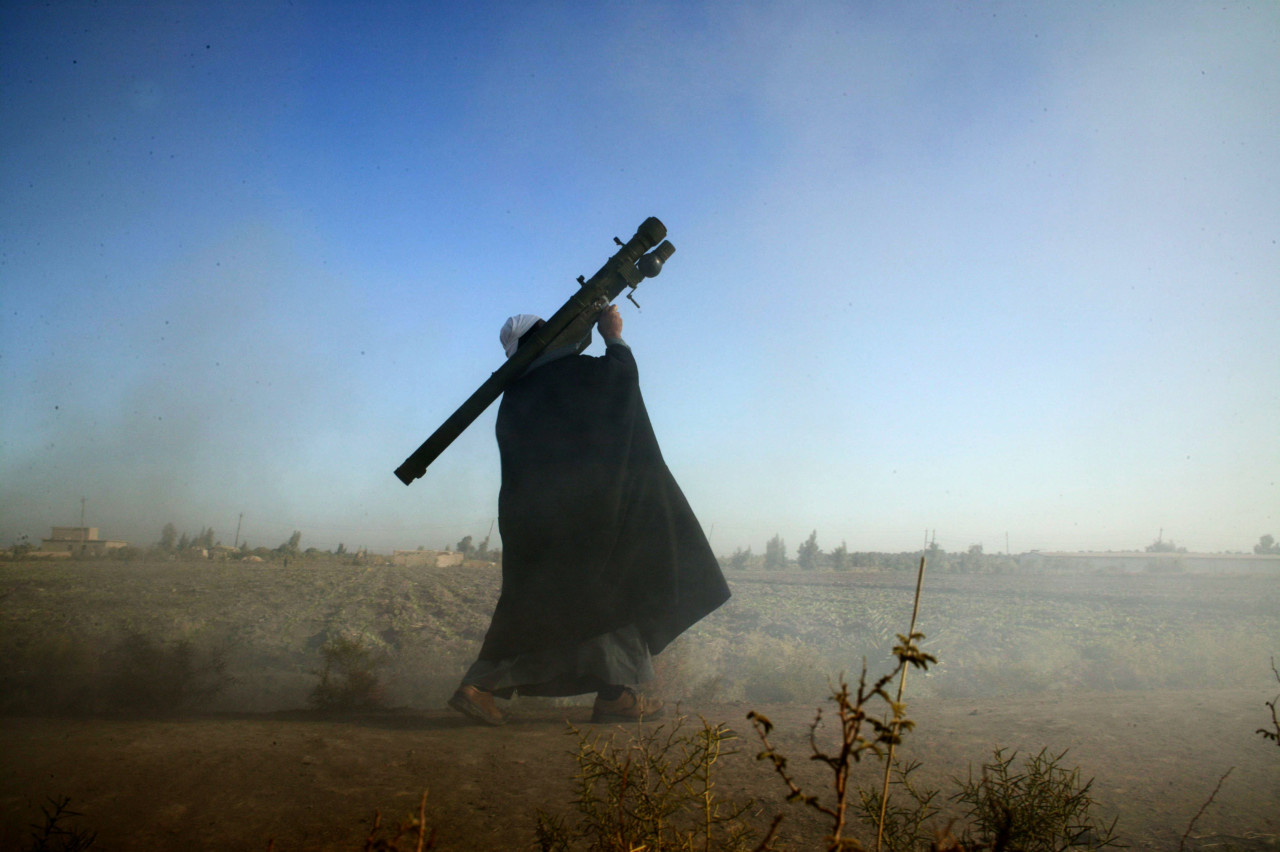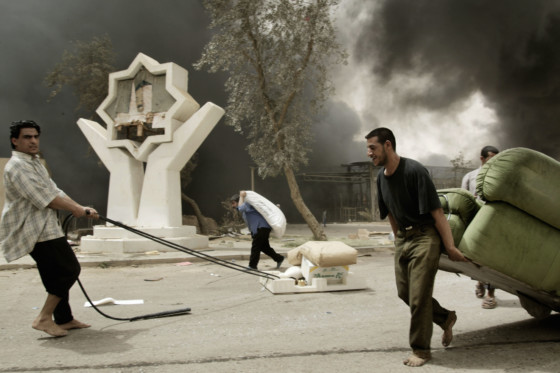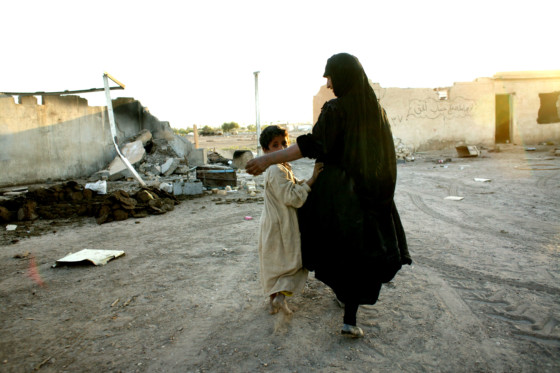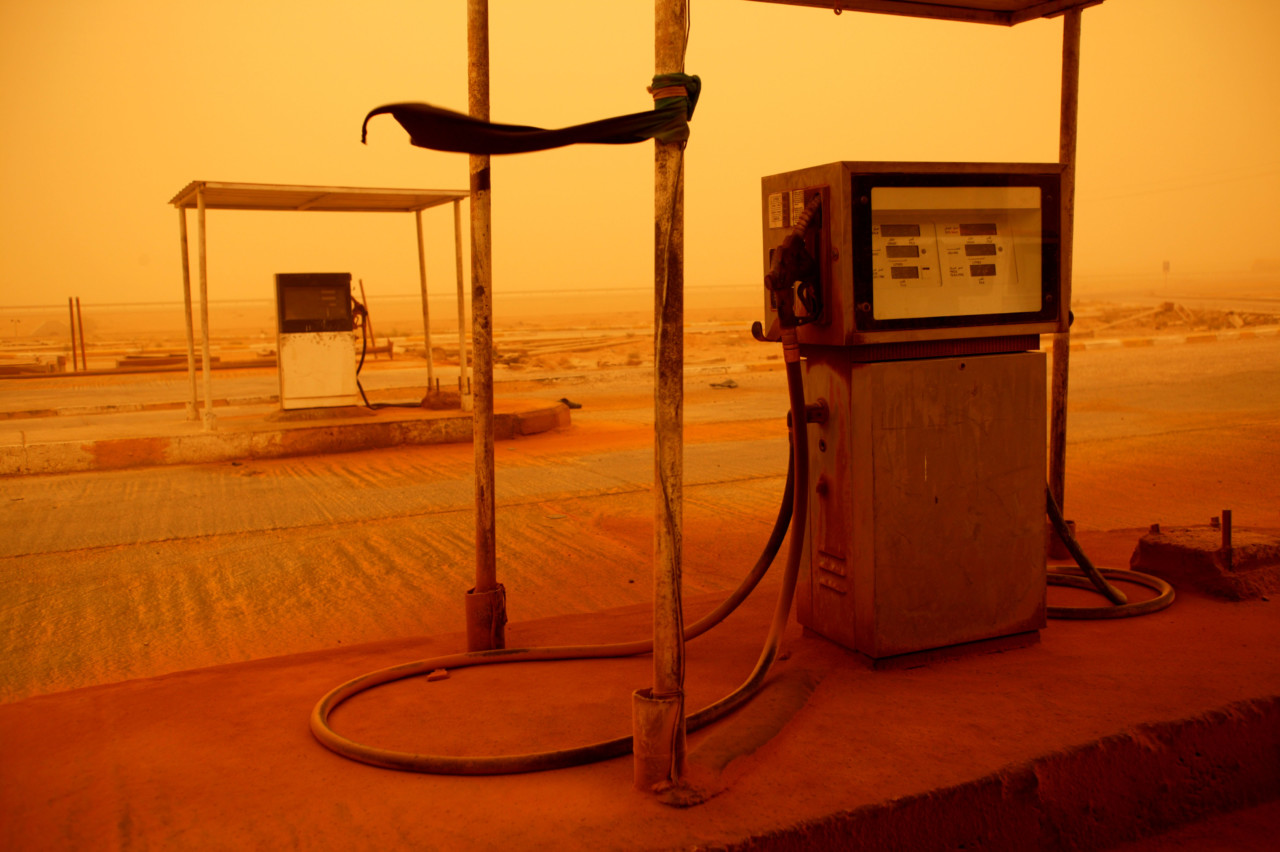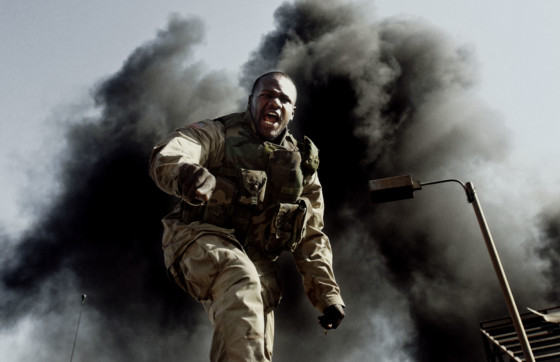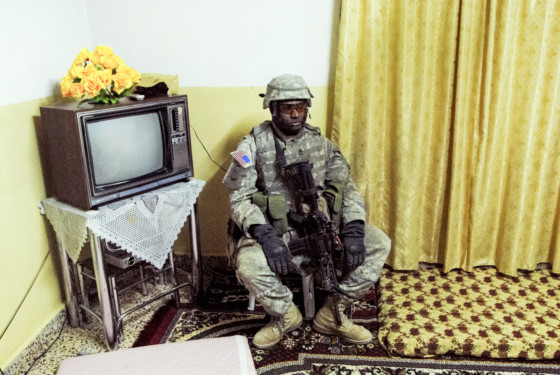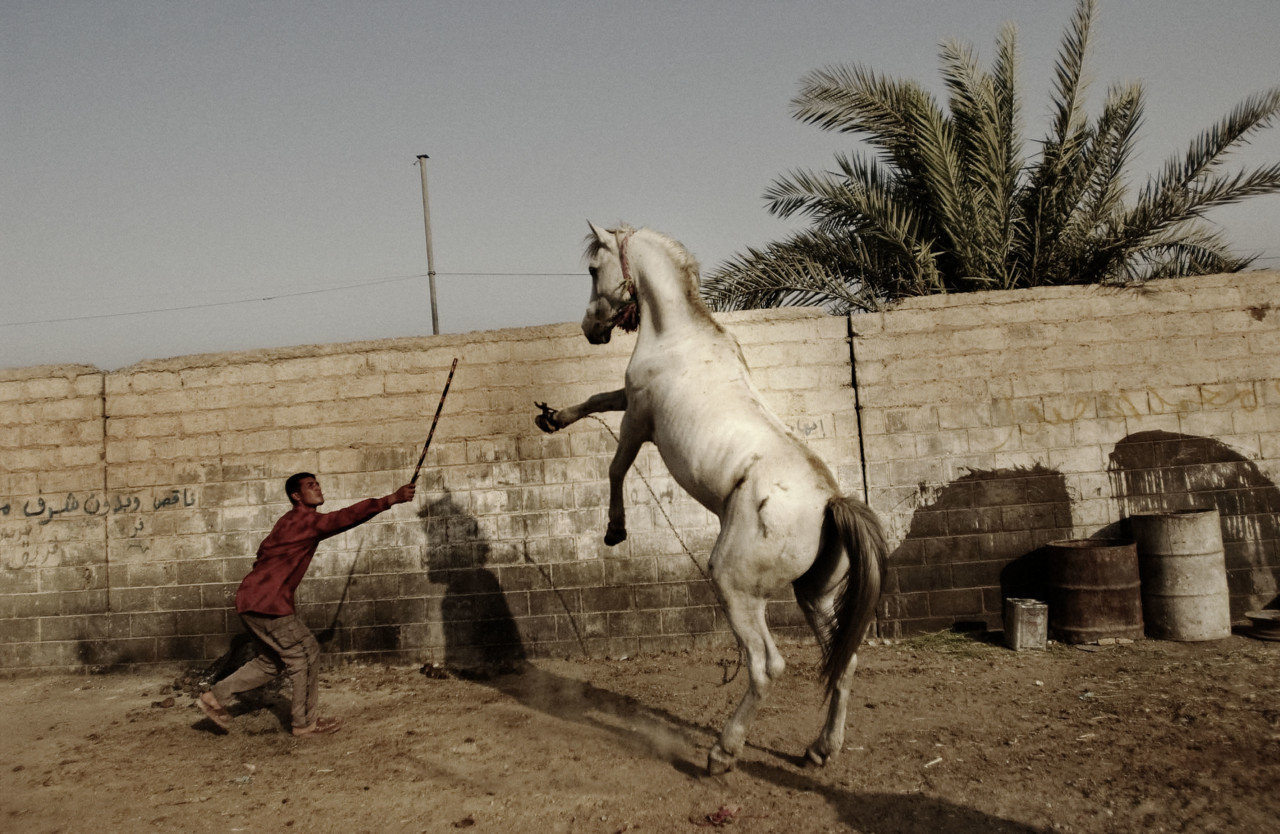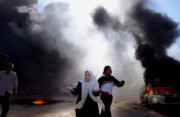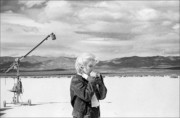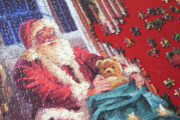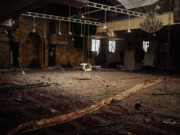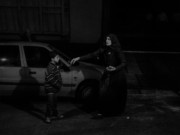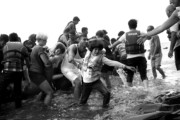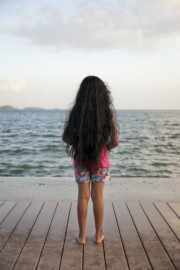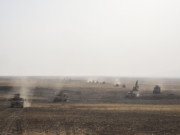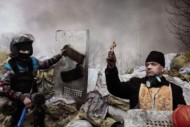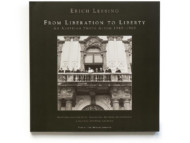Looking Back at the Iraq War, 15 Years On
Magnum photographers reflect on the legacy of the conflict in Iraq and its influence on their individual photographic practices
Magnum Photographers
On March 20, 2003, American forces and their allies invaded Iraq as part of “Operation Iraqi Freedom”. Despite worldwide protests and the notable absence of U.N. authorization, the U.S. insisted that Iraq was hiding weapons of mass destruction. Following massive airstrikes, the U.S. sent about 130,000 troops into Iraq (the U.K., Australia and Poland also sent troops initially), marking the beginning of 21 days of major combat operations. Baghdad quickly fell and on May 1, 2003, President George W. Bush made a speech below an infamous “Mission Accomplished” banner, calling Operation Iraqi Freedom a “job well done,” and saying the U.S. and its allies had prevailed.
The speech and the banner became a symbol of a deeply unpopular war that lasted another eight years, fueled by sectarian conflicts, extremist insurgencies and disagreements over how to manage the occupation. Its consequences are still felt today, in the war against ISIS and millions of Iraqis displaced or seeking refuge abroad.
At the time of the invasion, several Magnum photographers—Thomas Dworzak, Moises Saman, Christopher Anderson, Paolo Pellegrin, Jerome Sessini and Alex Majoli—were there; others, like Peter van Agtmael, came later and stayed for the years that followed. “It was almost impossible not to be there,” says Moises Saman, who joined Magnum as a nominee in 2010. “It was a war that really defined a generation of American soldiers and American society, and definitely shaped the journalists and photographers.”
To mark the the 15th anniversary of the invasion of Iraq, Magnum is presenting a series of articles looking at the lead-up to the war, how practices that developed in Iraq influenced the conflict photography of the period, and the influence of the war on their individual photographic practices. Here, several photographers share their reflections on a conflict that shaped them.
While some of the photographers had already covered other conflicts, many of them note that Iraq was different in certain ways. Saman points out that while in Afghanistan in 2001, a lot of the killing and fighting took place via airstrikes and in the provinces, the Iraq war was far more urban. “Baghdad itself was a war zone and the American presence was much more noticeable. It really felt like an occupation,” he says. “The suffering of the Iraqi people was more visible, not just for those of us who were there but also for America and then the rest of the world.”
All the photographers say the idea of not going to Iraq in 2003 was inconceivable for them. “That was not a thought process. It was a given, it was what I did; I was compelled to go and witness it,” says Christopher Anderson, who first went to Iraq months before the invasion to figure out access, and then embedded with the Third Infantry all the way to the fall of Baghdad.
"When the wheels of history are turning and you’re there with a precise function, to create these records, it carries a responsibility."
- Paolo Pellegrin
That desire to bear witness was a powerful motivator—and even a kind of anchor for some. According to Paolo Pellegrin, “the idea of going to these places for a reason—however imperfect a reason it may be, this idea of creating visual documents, records, being a witness— has always helped me put things in perspective. It has protected me emotionally.” That doesn’t mean he hasn’t been deeply affected by the events he witnessed—but just never to the point that he felt he had reached his limit. “When the wheels of history are turning and you’re there with a precise function, to create these records, it carries a responsibility.”
Many Magnum photographers were only in their twenties when covering Iraq—and so their photographic practice has developed significantly since then. “I recognize the images that I took as a very young photographer as my own, as part of my arc,” says Pellegrin. “I think there’s a constant tension between being yourself and having a voice which is yours and nobody else’s, and at the same time, grappling with the language which is informed by life and changes as we change.”
Other photographers reflect on the process of moving away from news and action photography. Jerome Sessini, who visited Iraq 10 times in the five years following the invasion, says that back in 2003, he was interested in “being in the right place at the right moment. I was interested in action. Now I’m more interested in understanding a deeper truth.”
Many photographers say that the events of 2003 and the Iraq War moulded them not just professionally but personally. Iraq was the first war Sessini covered; there he started to feel what he describes as the proximity of death. “It was my first confrontation with suffering and violence. It can show you your limits— what you are able to do as a photographer, how far you can go. I used to say that I didn’t choose to be a war photographer, but that war chose me. I realized that I was at ease in situations of extreme violence; I was able to keep my mind clear and keep calm. It’s something I learned about myself.”
“The earlier years were really a turning point in that for the first time, I lost that sense of being invincible,” says Saman. “For some reason, you feel like being there with a camera shields you from anything bad happening and you’re not thinking too much about the potential for danger. That ended in Iraq for me.” Saman, along with four other journalists, was arrested and put in the Abu Ghraib prison for several days during the week of the invasion; it was just one of the episodes that forced him to grapple with the real possibility of death.
The dynamic the war created by the rotations and embeds in Iraq—going home for a few weeks and then back again—had a further impact on the photographers. “I was totally disconnected from my normal life,” says Sessini. “Your mind is always in Iraq.”
"For the first time, I lost that sense of being invincible. "
- Moises Saman
It wasn’t all negative though. Photographers and reporters of this generation became incredibly close during that period too—dealing with some of the same issues, collectively losing their naïveté about what war was like. “We might have been competitors in the business sense, but we depended on each other for safety or information. It was like a family,” says Anderson, who has covered conflicts in Bosnia, Afghanistan, Lebanon and more.
“We lived our lives together on this kind of traveling circus that hopped around to crazy situations around the world. There was something beautiful about it.” Anderson points out that the journalistic ecosystem of that time no longer exists, because the industry has shrunk; for reasons of economy and also safety, that community no longer exists in the same form.
Beyond that sense of community, many found other reasons to keep photographing war. “Some of my most intense moments in life have been in the craziest places, in Iraq and Libya. You are super connected to this reality and you feel alive. Life becomes more simple in a way,” says Sessini.
Pellegrin agrees that despite the danger, you are exposed to extraordinary situations. “You’re entering a landscape where you deal in a tangential way with history and life and death. These are powerful things—and I can see why one would become extremely interested in them, even addicted to them. For me, it was never about the adrenaline per se—that’s a byproduct, not something I ever really yearned for.” He says he doesn’t miss conflict or being in circumstances where it’s logistically very difficult to work and create good images.
Since the invasion 15 years ago, some photographers have moved much further away from conflict photography than others, like Saman and van Agtmael, who continue to cover Iraq to this day. Sessini, by contrast, has lost some of his faith in the role of photography in war, though since Iraq he has covered conflicts in Mexico, Somalia, Lebanon, the Palestinian territories, Syria and Libya. “Photography can make people more aware, with the strength of the image. But there are political forces bigger than what we see on the ground. Maybe it would be worse without photographs but it’s not enough.”
Part of his disillusionment comes from the fact that the earliest work he produced in Iraq in 2003 involved photographing the former Ba’ath soldiers organizing themselves into militias to fight the Americans. The senior leadership of ISIS today has its origins in this resistance movement, which gradually became radicalized—reminding him of the direct line to the current problems in Iraq. This was further reinforced during a trip to Mosul last year.
"The fear drives you, you are sharper, more effective. Now I am losing this feeling and it’s a sign that it’s time to change."
- Jérôme Sessini
“The war in Iraq started because of a lie about the chemical weapons. When you see the situation years later, it’s just depressing. Saddam Hussein was a dictator but now it’s worse; they’ve destroyed the country. The same happened in Libya. It’s tragic for the people there; it seems like they have no choice. To live under a dictatorship or to live under chaos and violence.”
When in violent situations in Mosul, Sessini says he no longer felt afraid—and that was a problem. “You need to be very lucky when you photograph war. You cannot control everything. Just the decision to turn right instead of left in a road could be whether you get killed or not. It’s about instinct. The fear drives you, you are sharper, more effective. Now I am losing this feeling and it’s a sign that it’s time to change.”
Others had different reasons for moving away from the battlefield. Anderson describes the emotional toll that accumulates over years of covering conflict. “There was a time when I could look at things as more of a dispassionate observer and still function and do my job.” After having a child, Anderson says he’s not sure he could still function in that world; for a while, even seeing violent photographs in the newspaper made him choke up.
Fatherhood also had a significant impact on Paolo Pellegrin’s photography, though he continues to photograph war. “It changes your position in the universe. Taking care of myself—which includes trying not to get hurt—or worse—on the battlefield or during my work—is part of my responsibility to my children.” At the same time, he has continued to cover extremely dangerous events, including the Battle of Mosul in 2016-17, a conflict impossible to control or predict.
“You just try to factor all those things in your mind and you try to juggle, do the best possible work you can—while also having this sense of responsibility that transcends yourself. It makes me do things with even more focus and attention because there is so much at stake.”
Reflecting on the legacy of Iraq on war photography as a whole, van Agtmael says one notable point is that the war went on so long that it provoked a broad range of photography—some superficial, some thoughtful—and created rich bodies of work for many photographers. “The repetitiveness of the war provokes a lot of creativity,” he says, something that can be seen in Thomas Dworzak’s series of TV shots of Saddam Hussein propaganda.
As part of our series for the Iraq anniversary, Magnum will also be exploring how the practice of embedding with the U.S. army affected coverage at the time and discussing with Saman and van Agtmael how the war has continued to shape their careers.


